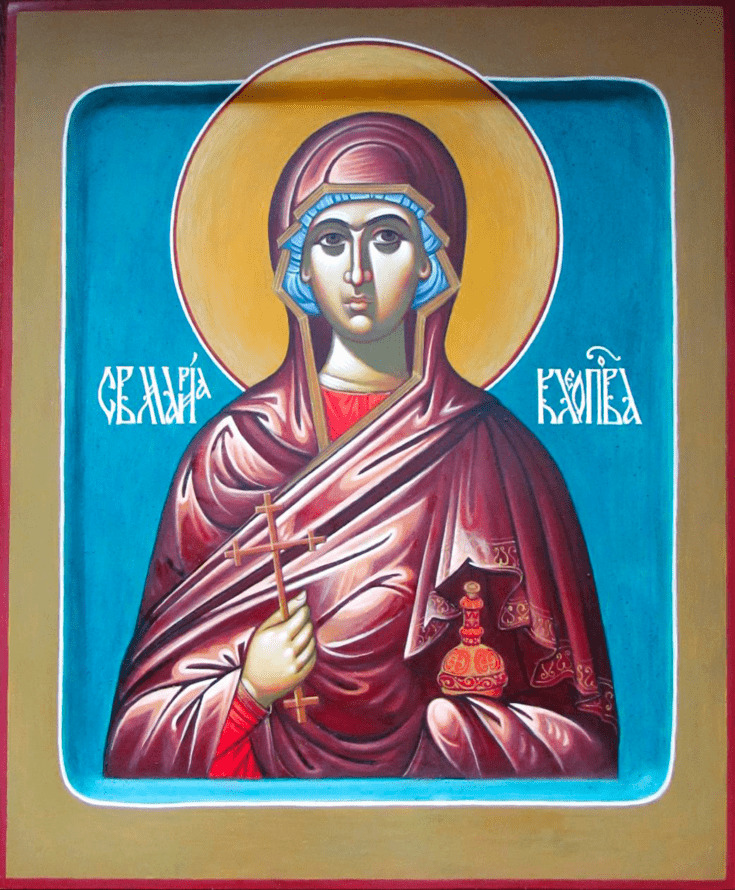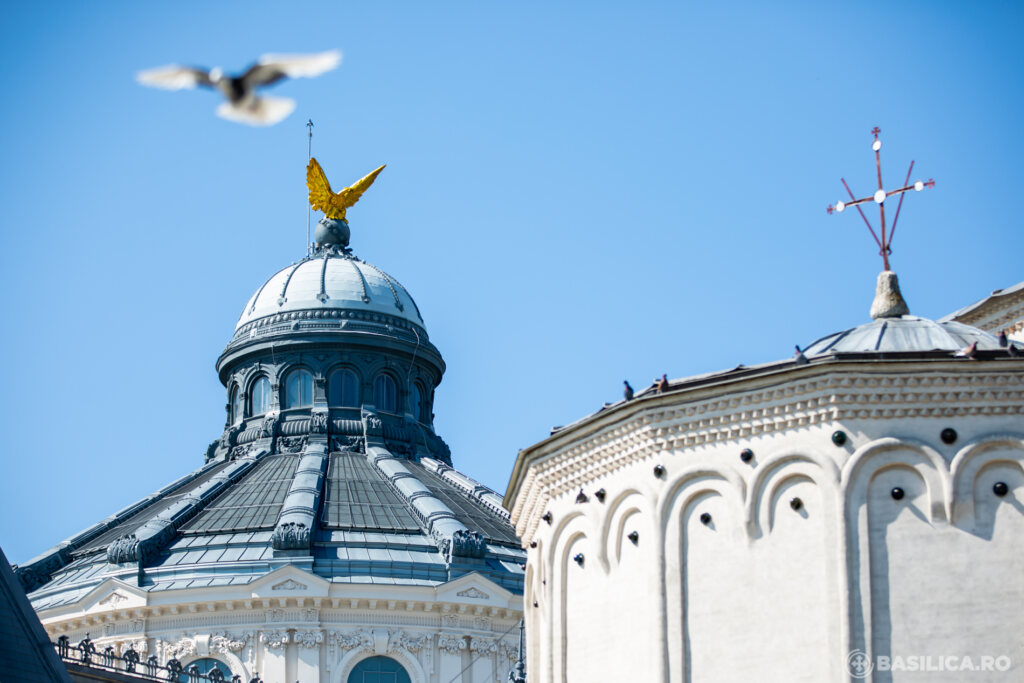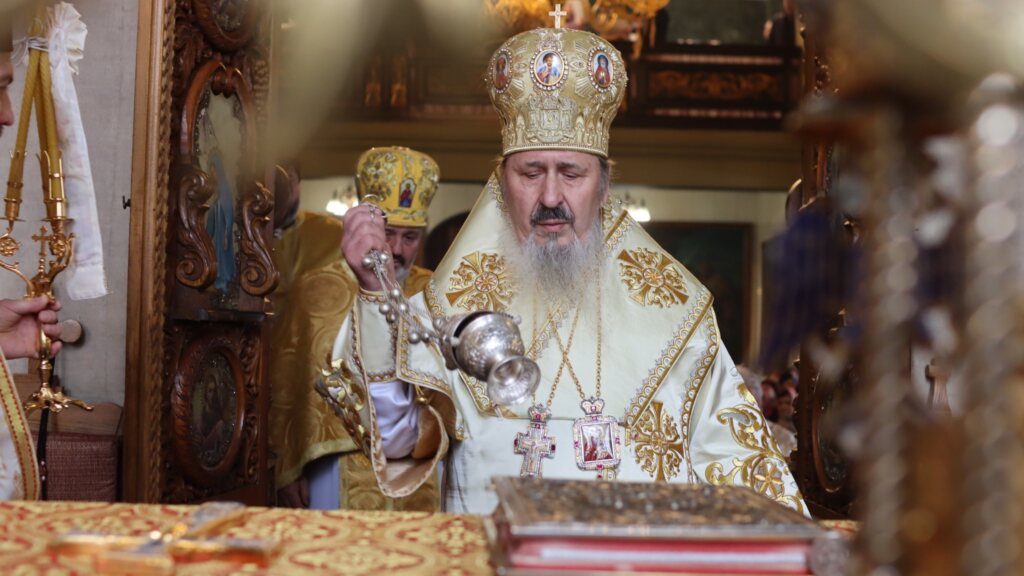Saint Michael the Confessor
From his youth he longed for the monastic life and was sent by Patriarch Tarasius (784-806) to a monastery on the coast of the Black Sea. Saint Theophylactus (March 8), the future Bishop of Nicomedia also entered the monastery together with him.
At the monastery both monks engaged in spiritual struggles and were soon glorified by gifts from the Lord. Once, during a harvest, when the people were weakened by thirst, an empty metal vessel was filled with water by the prayer of the monks.
Patriarch Tarasius consecrated Saint Michael as bishop of the city of Synnada. Through his holy life and wisdom, Saint Michael won the love of believers, and the notice of the emperors Nicephorus I (802-811) and Michael I Rangabe (811-813). Saint Michael was present at the Seventh Ecumenical Council at Nicea in 787.
When the Iconoclast heretic Leo the Armenian (813-820) assumed the throne, he began to expel Orthodox hierarchs from their Sees, appointing heretics in their place.
Saint Michael defended Orthodoxy, bravely opposing the heretics and denouncing their error. Leo the Armenian brought Saint Michael to trial, but not fearing torture he answered resolutely, “I venerate the holy icons of my Savior Jesus Christ and the All-Pure Virgin, His Mother, and all the saints, and it is to them I bow down. I shall not obey your decrees to remove icons from churches.”
Leo then banished Saint Michael to the city of Eudokiada, where the confessor died about the year 821. The head of Saint Michael is preserved in the Great Lavra of Saint Athanasius on Mount Athos, and part of the relics are at the Iveron monastery.
Troparion — Tone 4
From your youth you dedicated your life to God, / and you were proclaimed shepherd and hierarch of Christ, holy Michael. / You endured afflictions and exile / because you honored the icon of Christ; / now you pour forth healings for us all.
Holy Myrrh-bearer Mary, the wife of Cleopas
The blessed fruit of that marriage was the Holy Hieromartyr Symeon (April 27), an Apostle of the Seventy, a kinsman of the Lord, and the second Bishop of the Church of Jerusalem.
Saint Mary, the wife of Cleopas, along with other pious women, accompanied the Lord during His public ministry. She was present during His suffering on the Cross, and at His burial. After the Sabbath had passed, she went to the tomb with other Myrrh-bearers to anoint the body of Jesus. There, she and the others heard the joyous news of the Lord’s Resurrection from an Angel (Matthew 27:56; Mark 15:40; Luke 24:4-11; John 19:25).
Saint Mary, the wife of Cleopas, is also commemorated on the Sunday of the Myrrh-bearers, the third Sunday of Pascha.
Troparion — Tone 2
The Angel came to the Myrrh-Bearing women at the tomb and said: / “Myrrh is meet for the dead; / but Christ has shown Himself a stranger to corruption! / So proclaim the Lord is risen, / granting the world great mercy!”







